Descrição
Introdução
A injeção química, geralmente chamada de dosagem química, é um processo em que os produtos químicos específicos são introduzidos em um sistema para obter um resultado específico. Este método é empregado em várias indústrias e pode servir a vários propósitos.
Tipos de injeção química
- Inibidores de corrosão: Esses produtos químicos são introduzidos em sistemas, especialmente na indústria de petróleo e gás, para impedir a corrosão de equipamentos e oleodutos. Ao formar uma camada protetora nas superfícies metálicas, eles estendem a vida útil da infraestrutura e garantem operações suaves.
- Biocidas: Utilizados principalmente no tratamento de água e nos setores de petróleo e gás, os biocidas ajudam a eliminar microorganismos prejudiciais que podem causar degradação do equipamento ou afetar a qualidade do produto final.
- Inibidores da escala: Eles impedem a formação de depósitos de escala, especialmente em oleodutos e equipamentos. A escala pode reduzir a eficiência das operações, e esses produtos químicos garantem que os depósitos minerais não se acumulem.
- Polímeros: No tratamento de águas residuais, os polímeros são usados como floculantes para ajudar a ligar e remover partículas suspensas da água, ajudando no processo de esclarecimento.
- Desinfetantes: Comumente usado em estações de tratamento de água, desinfetantes como cloro e ozônio são injetados para matar patógenos, garantindo que a água seja segura para o consumo.
- Fertilizantes: Na agricultura, os produtos químicos ricos em nutrientes são injetados no solo para melhorar sua fertilidade e promover o crescimento das plantas.
- Pesticidas e herbicidas: Também na agricultura, esses produtos químicos são usados para proteger as culturas de pragas e ervas daninhas, garantindo um melhor rendimento.
- Ajustadores de pH: Em várias indústrias, produtos químicos como ácidos ou bases são injetados para ajustar os níveis de pH de uma solução, garantindo condições ideais para um processo específico.
- Surfactantes: Utilizado na recuperação aprimorada do óleo, os surfactantes ajudam a reduzir a tensão superficial, facilitando a extração de óleo dos reservatórios.
- Medicamentos: Em aplicações médicas, medicamentos específicos podem ser injetados para tratar doenças ou gerenciar condições. A precisão da injeção química garante a dose direita e a entrega direcionada.
Introdução à pena de injeção química
Uma pena de injeção química é um dispositivo especializado projetado para introduzir produtos químicos em um sistema ou fluxo de processo com precisão e eficiência. Normalmente feita de materiais resistentes à corrosão, a pena garante que os produtos químicos injetados sejam dispersos e misturados uniformemente dentro do fluxo principal para evitar altas concentrações localizadas. Esse design ajuda a mitigar possíveis problemas, como corrosão ou escala no ponto de injeção. O comprimento estendido da Quill permite que o produto químico seja introduzido no centro da corrente de fluxo, garantindo ainda mais a mistura e a distribuição ideais.
Benefícios do uso de penas de injeção química
- Precisão na entrega de produtos químicos para pontos específicos:
- Aplicação direcionada: As penas de injeção química permitem a colocação exata de produtos químicos dentro de um sistema. Isso garante que o produto químico atinja o local pretendido, otimizando sua eficácia.
- Dosagem consistente: O design da pena garante um fluxo constante e consistente do produto químico, garantindo que a quantidade correta seja entregue a cada vez.
- Adaptabilidade: As penas podem ser ajustadas ou escolhidas com base em seu comprimento e design de bicos, garantindo que atendam às necessidades específicas de diferentes sistemas e aplicações.
- Redução no desperdício químico:
- Uso eficiente: Ao garantir que os produtos químicos sejam entregues com precisão quando necessário, as penas minimizam as chances de excesso de aplicação ou sub-aplicação. Isso significa que apenas a quantidade necessária de produtos químicos é usada, reduzindo o consumo excessivo.
- Mistura ideal: O design da pena garante que os produtos químicos sejam introduzidos de maneira a facilitar a mistura ideal com o fluxo de processo. Isso garante que o produto químico seja totalmente utilizado e não deixado não reagido ou estabelecido no fundo.
- Benefícios econômicos: Com desperdício reduzido, as indústrias podem obter uma economia de custos significativa ao longo do tempo, pois otimizam o uso de produtos químicos muitas vezes caros.
- Segurança aprimorada devido ao redução de refluxo e derramamento:
- Verifique as válvulas: Muitas penas de injeção química são equipadas com válvulas de seleção embutidas. Essas válvulas impedem que o fluido do processo volte para o suprimento químico, garantindo que não haja contaminação ou diluição.
- Projeto selado: O design da Quill garante que o produto químico seja introduzido no sistema de maneira selada, reduzindo as chances de vazamentos ou derramamentos, o que pode ser perigoso para o meio ambiente e o pessoal.
- Proteção da infraestrutura: Ao garantir a distribuição uniforme e impedir altas concentrações localizadas, as penas reduzem o risco de corrosão ou danos ao equipamento no ponto de injeção.
Aplicações de injeção química em várias indústrias
- Indústria de petróleo e gás: Aumentar a recuperação do óleo, impedir a corrosão e a inibição da escala.
- Tratamento de água: Desinfecção, controle de pH e coagulação.
- Agricultura: Aplicação de fertilizantes e pesticidas.
- Campo médico: Sistemas de entrega de medicamentos.
Avanços tecnológicos na injeção química
Automação e monitoramento em tempo real
Automação é o uso da tecnologia para executar tarefas sem intervenção humana, aumentando a eficiência e reduzindo erros em vários setores.
Monitoramento em tempo realEnquanto isso, envolve rastreamento e análise contínuos de processos, fornecendo feedback instantâneo para ajustes imediatos. Juntos, eles formam uma dupla poderosa: enquanto a automação simplifica as operações, o monitoramento em tempo real garante que eles permaneçam no caminho certo, oferecendo informações no momento em que surgem anomalias. Essa combinação está revolucionando as indústrias, levando a sistemas mais inteligentes e adaptativos.
Automação em injeção química:
- Eficiência e consistência: Os sistemas automatizados garantem que a quantidade precisa de produtos químicos seja injetada no momento certo, minimizando o erro humano e garantindo dosagem consistente.
- Controle adaptativo: As ferramentas modernas de automação podem ajustar a taxa e o volume de injeção química com base em dados em tempo real, garantindo o desempenho ideal em condições variadas.
- Alertas de manutenção: Os sistemas automatizados podem agendar manutenção, reduzindo o tempo de inatividade e garantindo a longevidade do equipamento.
Monitoramento em tempo real em injeção química:
- Feedback instantâneo: Os sensores em tempo real fornecem dados imediatos sobre a distribuição, concentração e reação do produto químico, permitindo ajustes rápidos.
- Aprimoramentos de segurança: As ferramentas de monitoramento podem detectar instantaneamente anomalias como vazamentos ou transbordamentos, desencadeando alertas para intervenção imediata.
- Análise de dados e insights: A coleta contínua de dados oferece informações sobre o desempenho do sistema, ajudando na manutenção e otimização preditiva do processo de injeção.
Conclusão
A injeção química é vital entre as indústrias, otimizando as operações e garantindo a segurança. A pena de injeção química aumenta a precisão e reduz o desperdício. Com o advento da automação e do monitoramento em tempo real, o processo está se tornando mais eficiente e adaptável. Esses avanços prometem um futuro de operações simplificadas, aumento da segurança e práticas industriais sustentáveis.

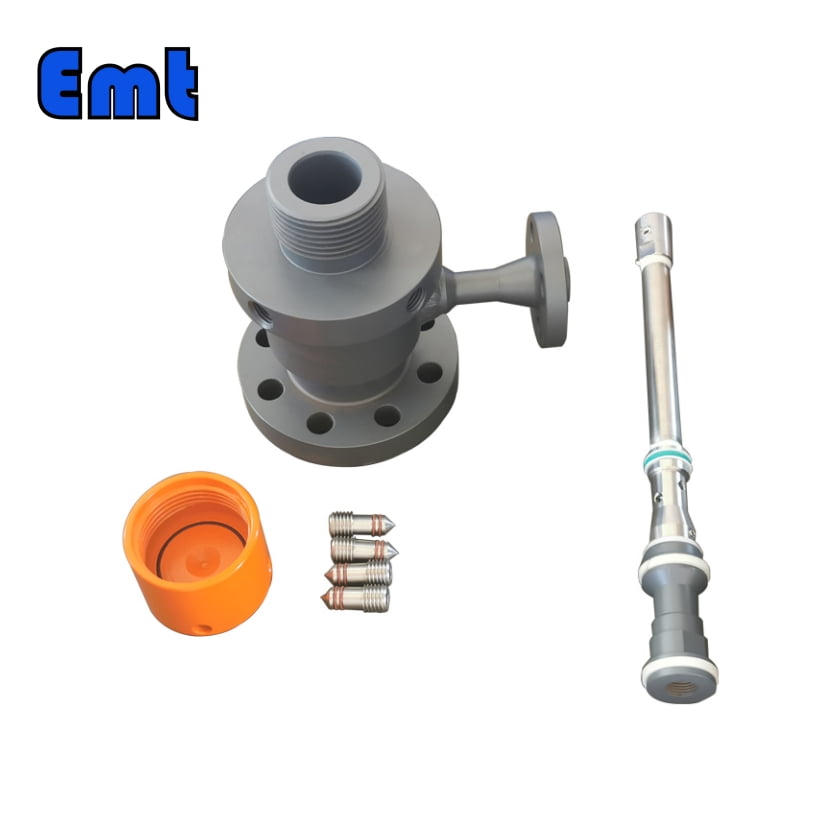
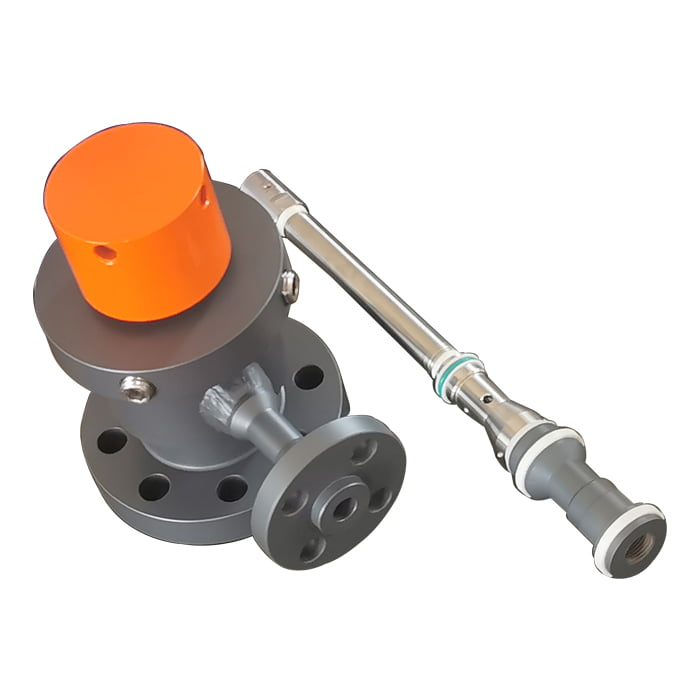
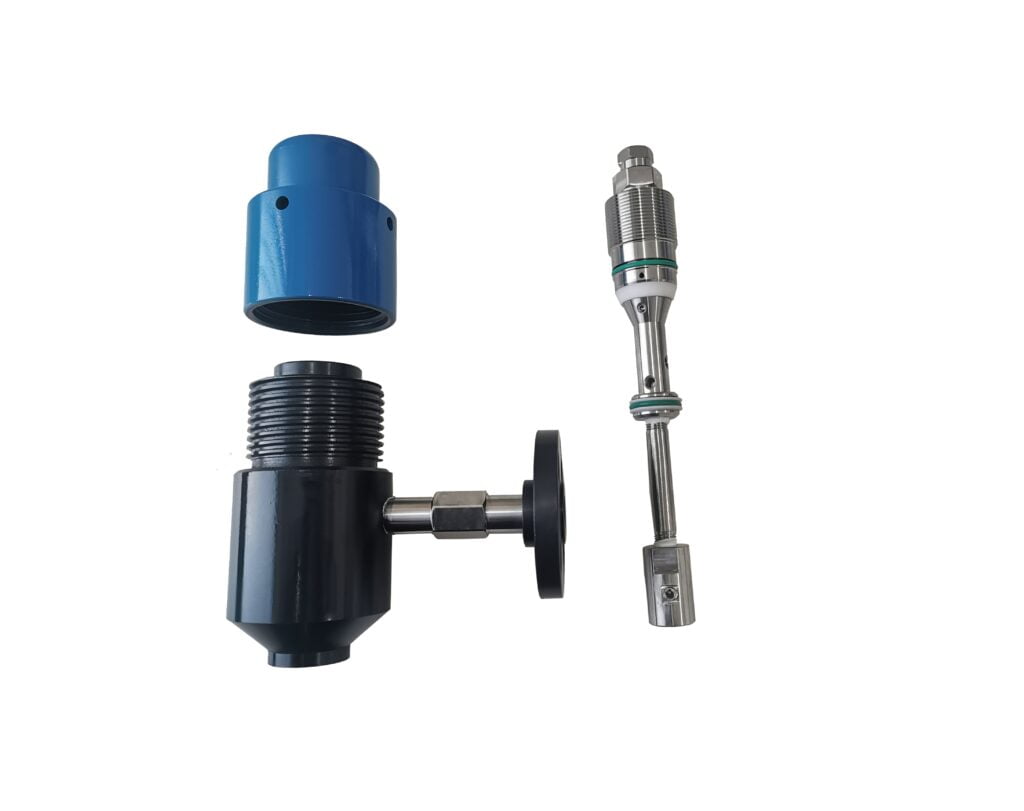
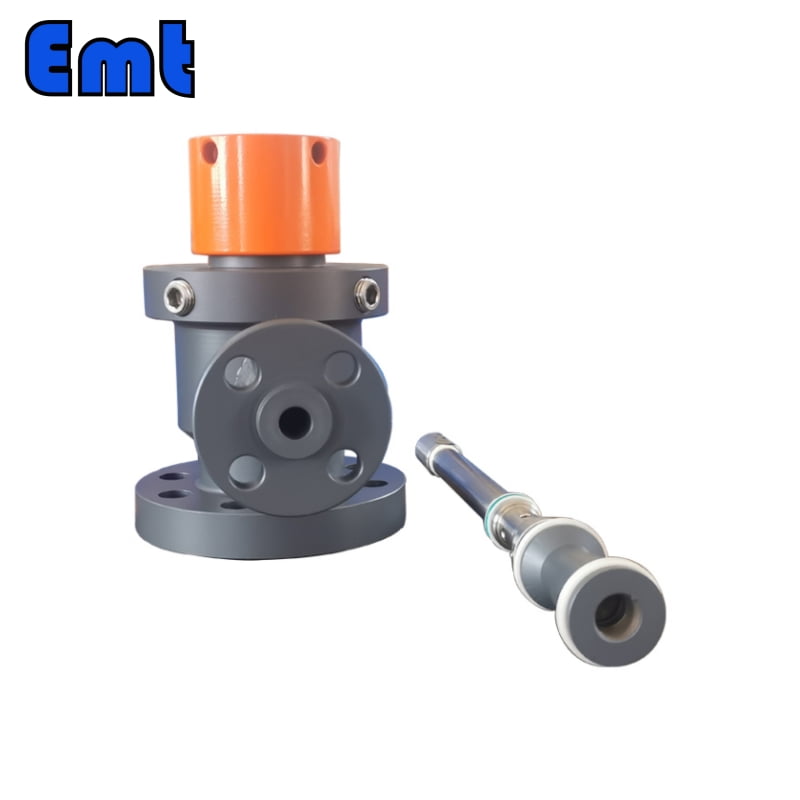
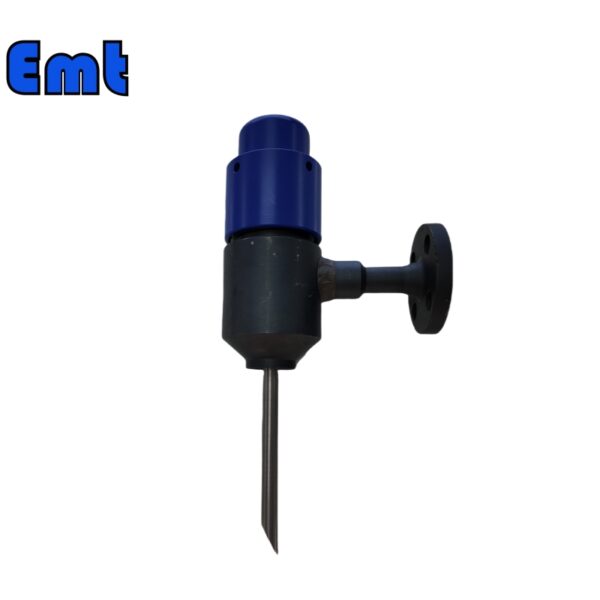
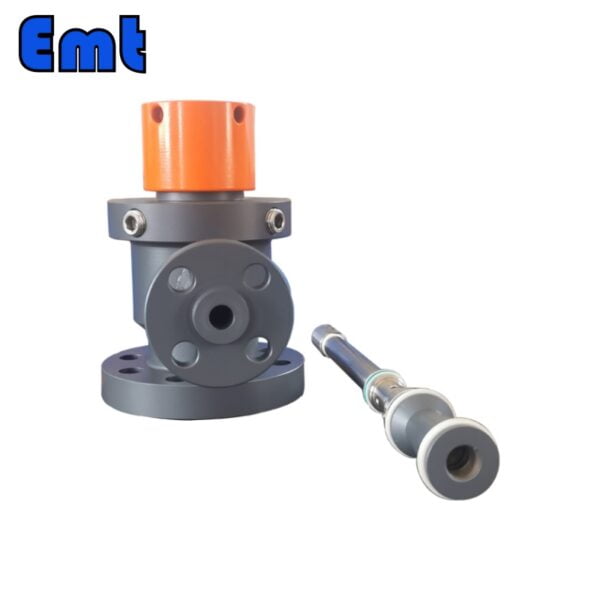
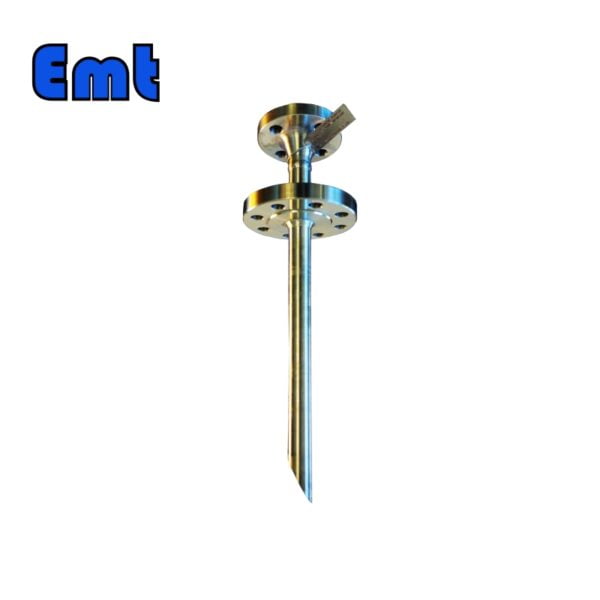

Avaliações
Não há comentários ainda.